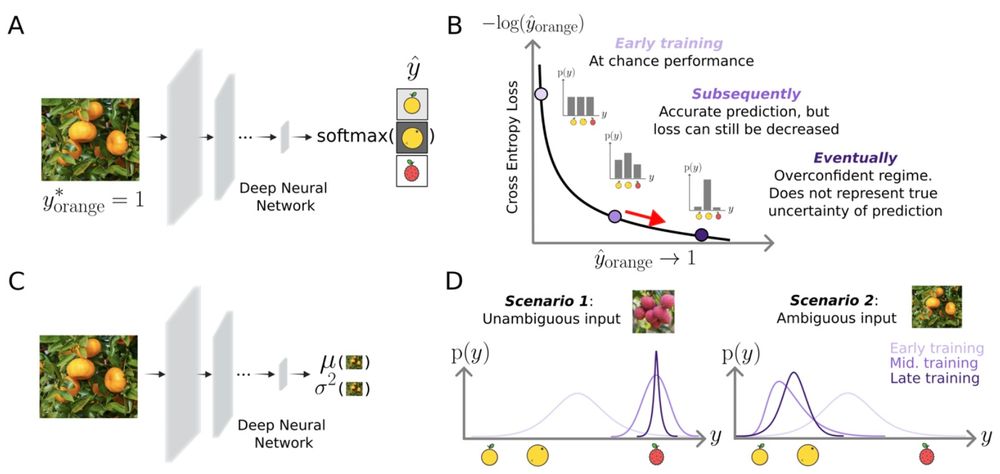96. Machine learning models of hearing demonstrate the limits of attentional selection of speech heard through cochlear implants - Annesya Banerjee
96. Machine learning models of hearing demonstrate the limits of attentional selection of speech heard through cochlear implants - Annesya Banerjee
64. Source-location binding errors in auditory scene perception - Sagarika Alavilli
64. Source-location binding errors in auditory scene perception - Sagarika Alavilli











